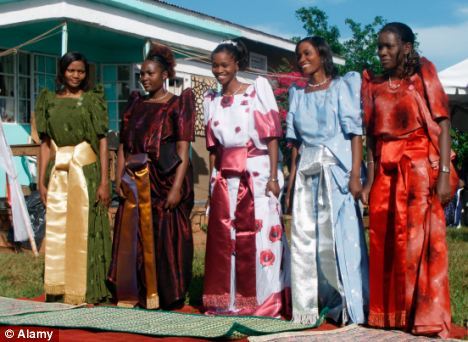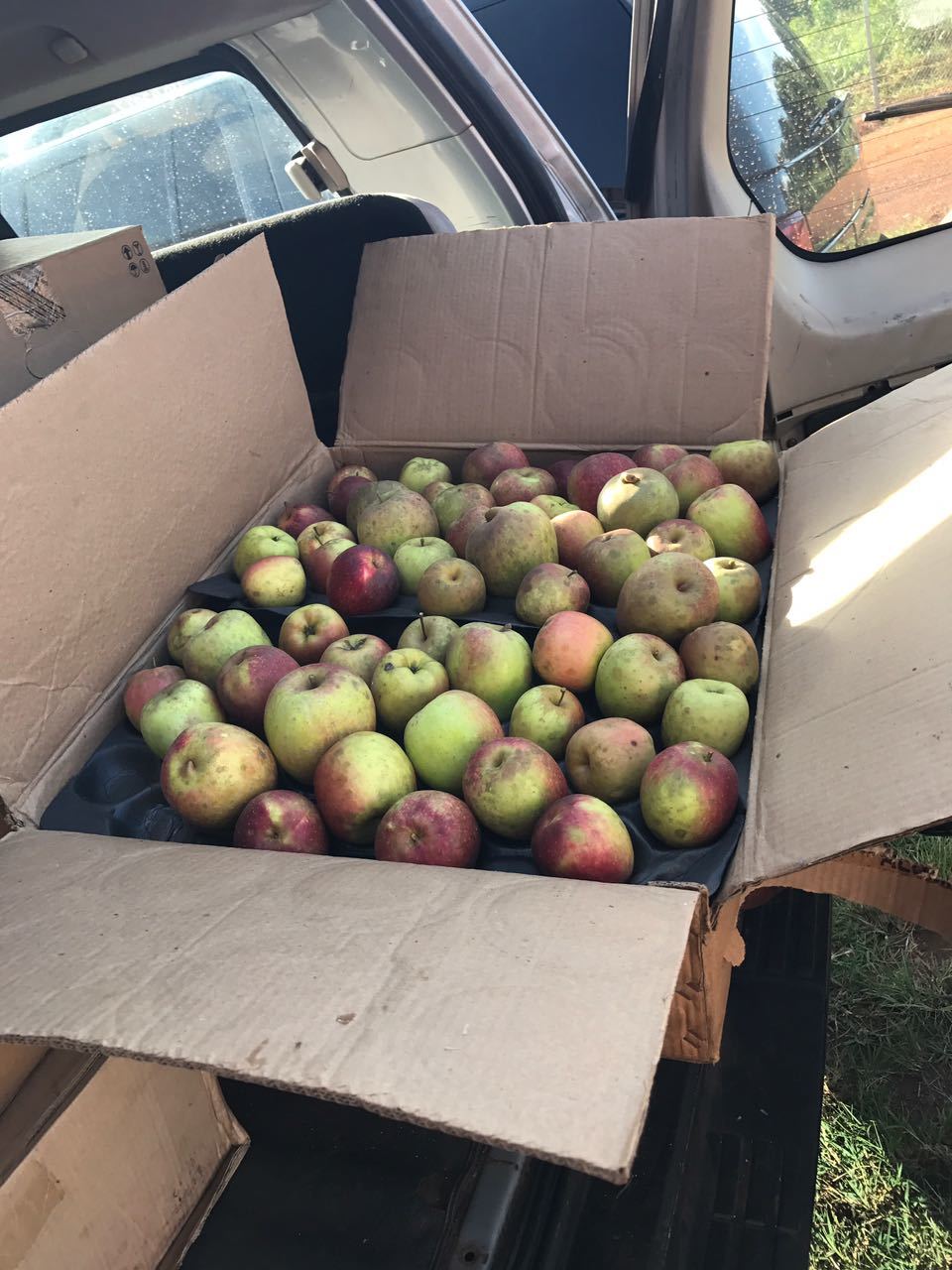OK: the quiz is- WHERE are these apples grown? They are a mix of varieties.
Tropical Africa.
Hmmm. Somewhere that’s wet enough to have sooty blotch and maybe flyspeck, so probably not the southwest or California.
However, given the source, tropical Africa does sound like a reasonable guess!
Yeah the soil looks like from Uganda… (just kidding you were mentioning Uganda earlier and posted some pictures)
Florida
Nice! I am not sure if this is not a secret and you don’t want to talk about it but could you please tell us which countries are you shipping to and what are the most popular varieties?
The Uganda branch of my nursery does the most volume, they just got back from tending a 1,000 tree orchard in Congo and are leaving this week to plant another large orchard in Tanzania. They’ve also traveled to Kenya and South Sudan, and are shipping to Ghana and Nigeria. Most popular varieties have traditionally been Anna and Dorset Golden, but as you can see from the photo we’ve rounded that out with much higher-chill varieties that are much more marketable. The client isn’t too picky about the variety, going with our recommendation for the most part. We focus on disease-resistant as much as possible, but everyone likes Fuji and Mutsu. We have about 20 favorites but try to include at least 40 varieties if possible for “systems redundancy” as engineers call it.
The below photos are of the orchard in Congo. The guys climbing the hillside are GPS mapping each tree, while the guys in the background are slashing weeds with machetes.
@applenut
That looks like tight spacing in the last photo. What kind if rootstock are you using there?
It’s on M111, but they will stay below 8’ tall. In areas of good rainfall and fertility they can space them closer together.
I was surprised to see nice cars yet no brush cutters. Clearing all that with machetes and probably several times per year must be an ordeal. If I was you I would be tempted to visit that area and see “my trees” in the future.
Here in Kansas my 111 trees stay very short never growing taller than 12’. I assumed that was due to this heavy clay-loam soil. Apples bear very heavy in this soil and the fruit tastes good. I wonder if the soil is similar.
Applenut,
I have tried to follow most of your posts from the beginning when you initiated this project. It must be extremely rewarding to see this grow so large and affect so many lives. I hope it continues.
I recognize this project involves a lot of people, but still it appears the one action you took of sending scionwood to Africa, has already affected the lives of many in the poorest areas of the world (feeding thousands) where food is scarce. It’s been amazing to watch, an amazing story. A rare case where, so far, “teaching a man to fish” has been more than a slogan.
They have brush cutters; 12 of them in this instance with machetes. Yes, I know what you’re saying, but machinery would put a bunch of guys out of work, and it’s cheaper to hire the guys than to buy and maintain machinery. It’s the same with digging trenches or tree pits; we use men (or women, who hold their own) to dig the 5’x5’x2’ pits the trees are planted in. $4 a day plus lunch is a good wage, some of them have university degrees but can’t find work otherwise. $4 will buy a huge bunch of starch bananas that will feed the family for a week.
I’ve often thought about visiting, but man, for what my plane ticket costs, there’s a lot of guys willing to work for $4 a day that could get a whole lot done whereas I’d just be dead weight. I’m content for now to just send materials and info and live vicariously through photos.
It really would be a nice place to visit; they all speak English, the people are warm and friendly, and the food isn’t half-bad. Living in the desert like I do it looks like God’s green earth there, and 80 degrees year-round. Who are these crazy people growing apples where it’s cold?
Yes, red clay that stains your pant cuffs is the soil, topped by a rich brown topsoil about a foot thick. Low pH is the main issue, but very fertile for the most part; Congo could feed all of Africa if it was farmed properly. The trees put on lush growth, but stop at about 8’ tall for some reason. They do bear heavily, maybe that’s what stunts them.
I am really curious to know what varieties they are growing over there.
I’m curious about the robe-like outfits the two men are wearing in the second photo. Is that just a normal kind of outfit in Uganda?
Some of the ID is tricky because of the coloring, but in that tray I believe I can see Mutsu, Williams’ Pride, Hawaii, Sierra Beauty, Red Boskoop, Dorset Golden, Wealthy, Anna, Fuji, Red Rebel, Hunge, and maybe Sundowner. Don’t go by ripening times here, all that goes out the window there as it’s 80 degrees and 12 hours of sunlight all year.
That’s a kanzu, common dress for some of the kingdoms. The Buganda kingdom (largest in Uganda and what the country is named after) has the kanzu as traditional dress for the men, and a satin dress with peaked shoulders and wide belt as the traditional dress for the women. The men’s kanzu is usually worn with suit pants underneath and a coat on top. High officials on ceremonial occasions may wear a barkcloth sash instead of the coat. The women may wear this dress even when doing field work on the farm. Winston Churchill noted the kanzu on his trip through Uganda as a young man.





